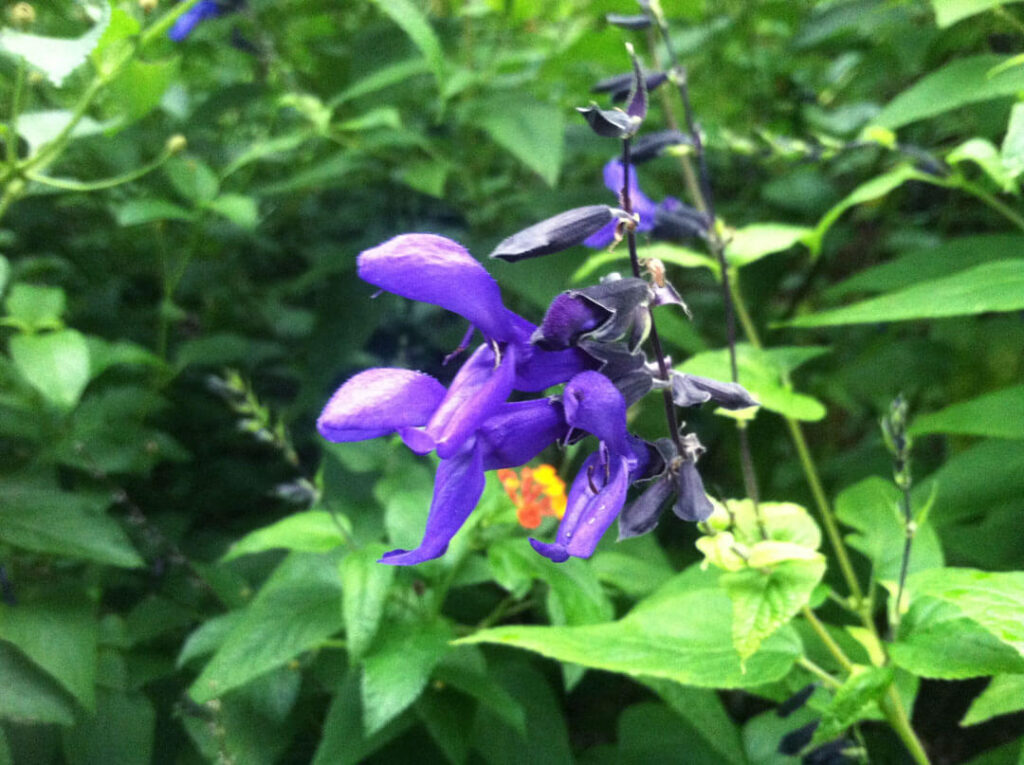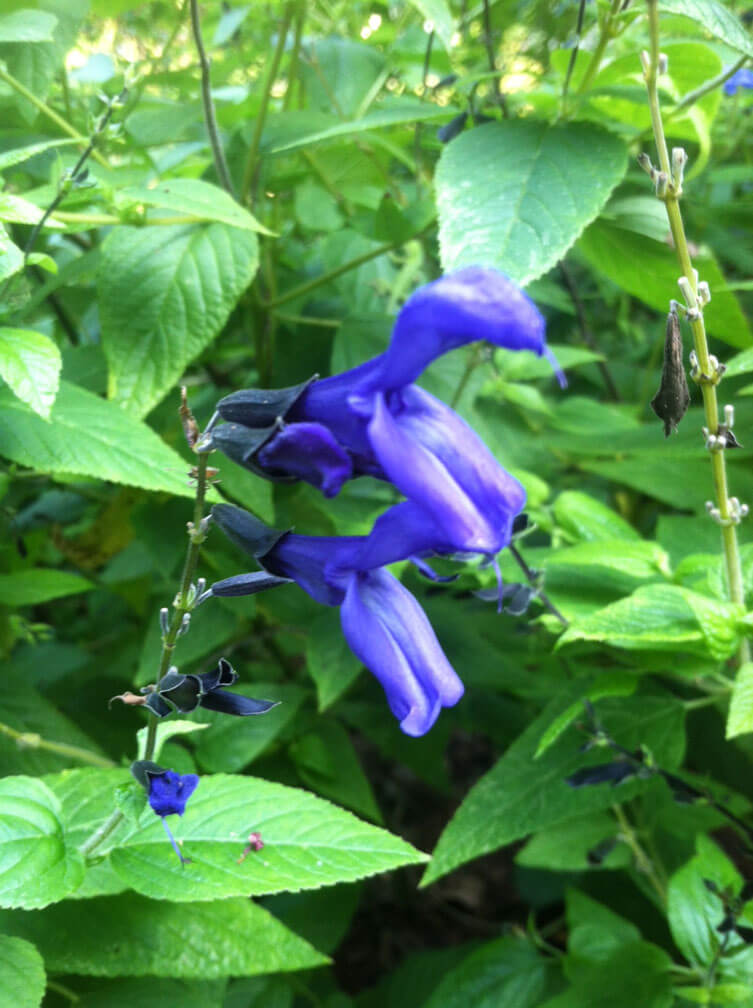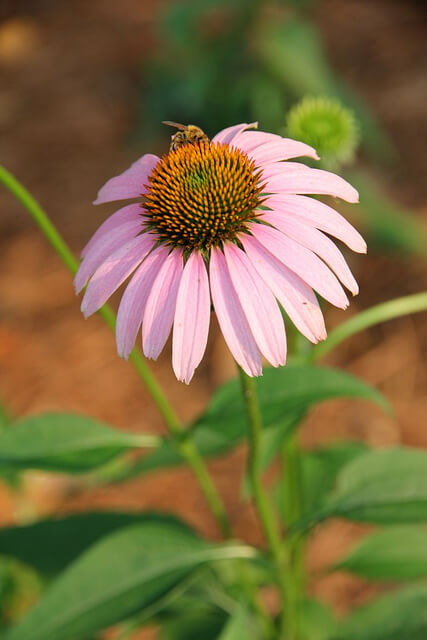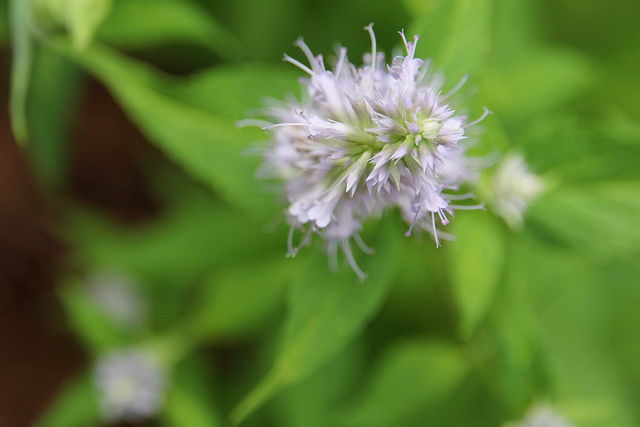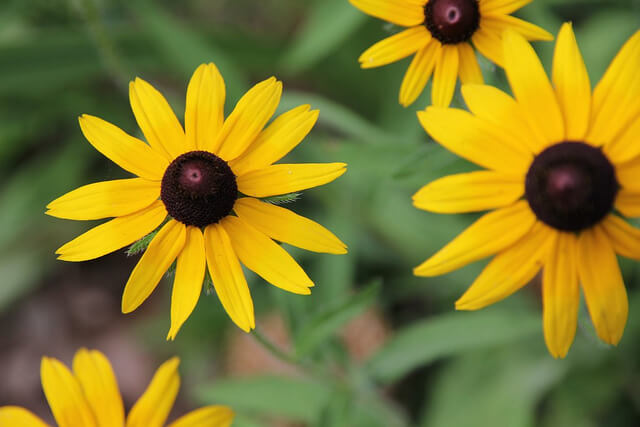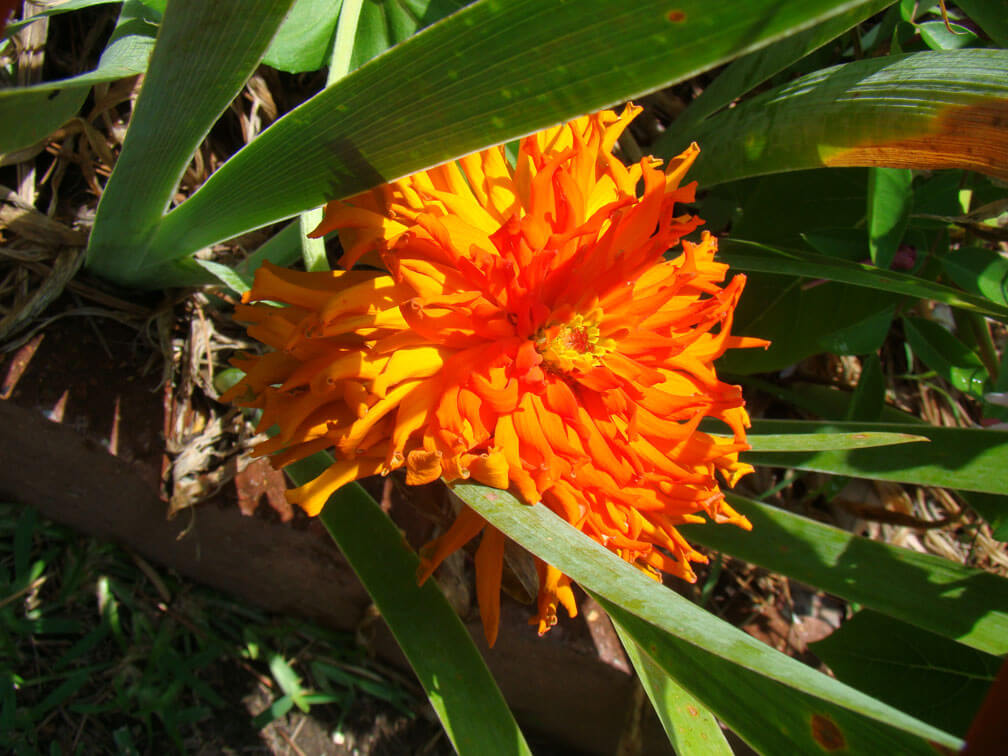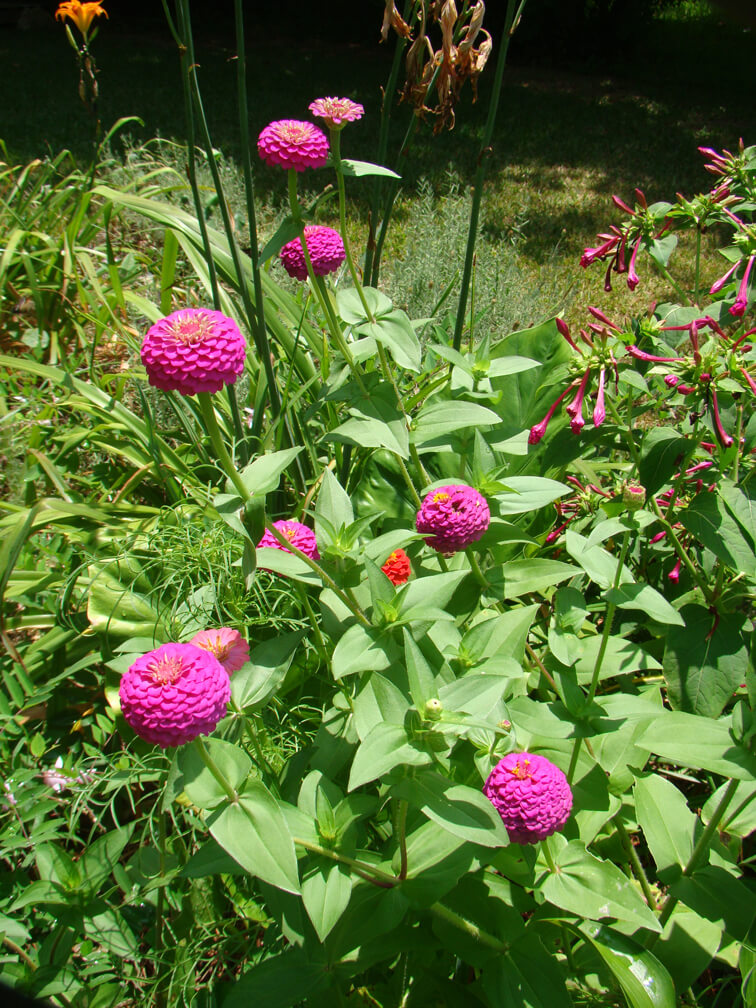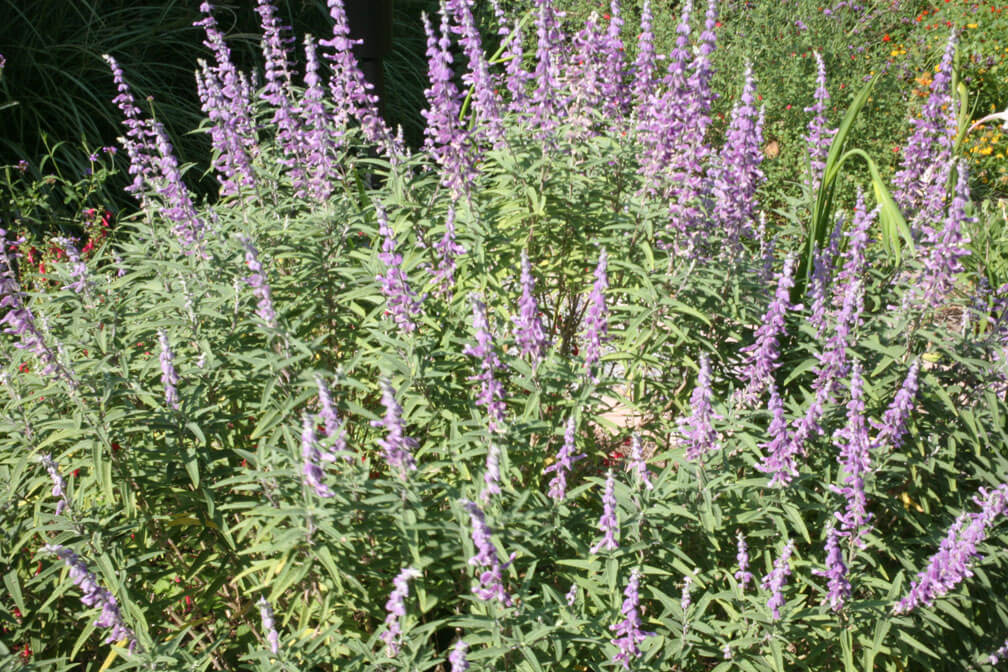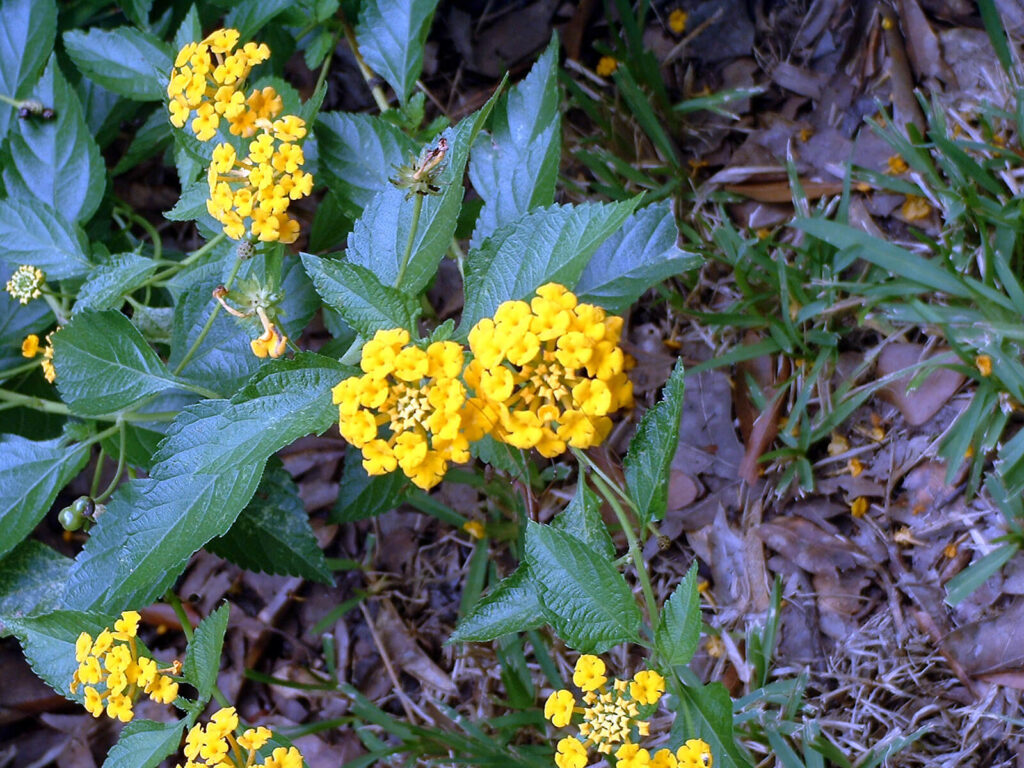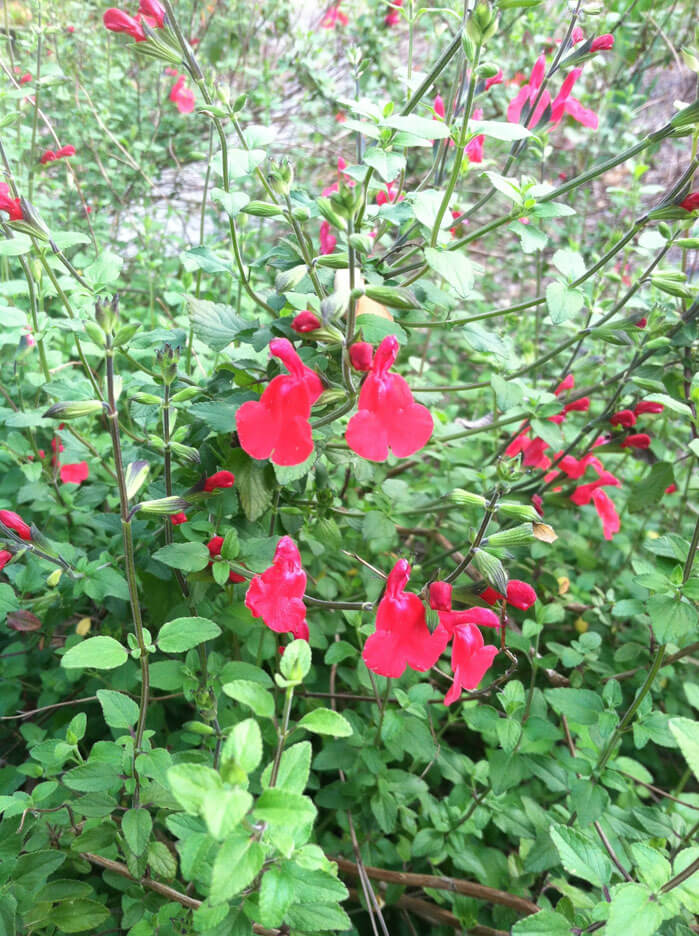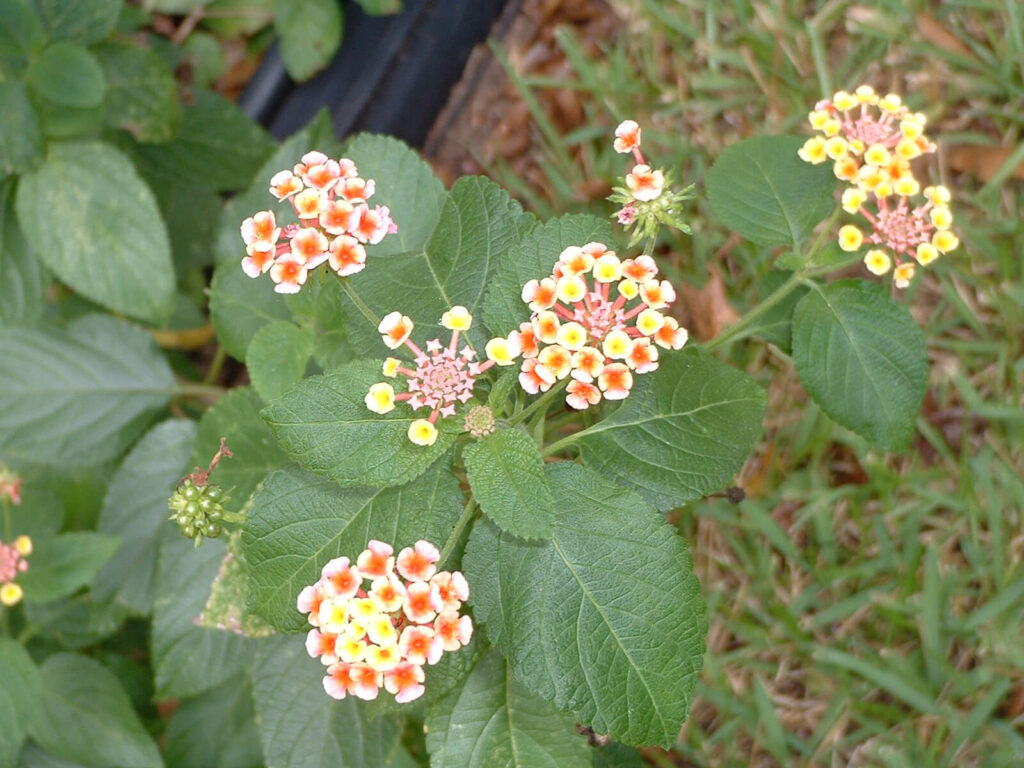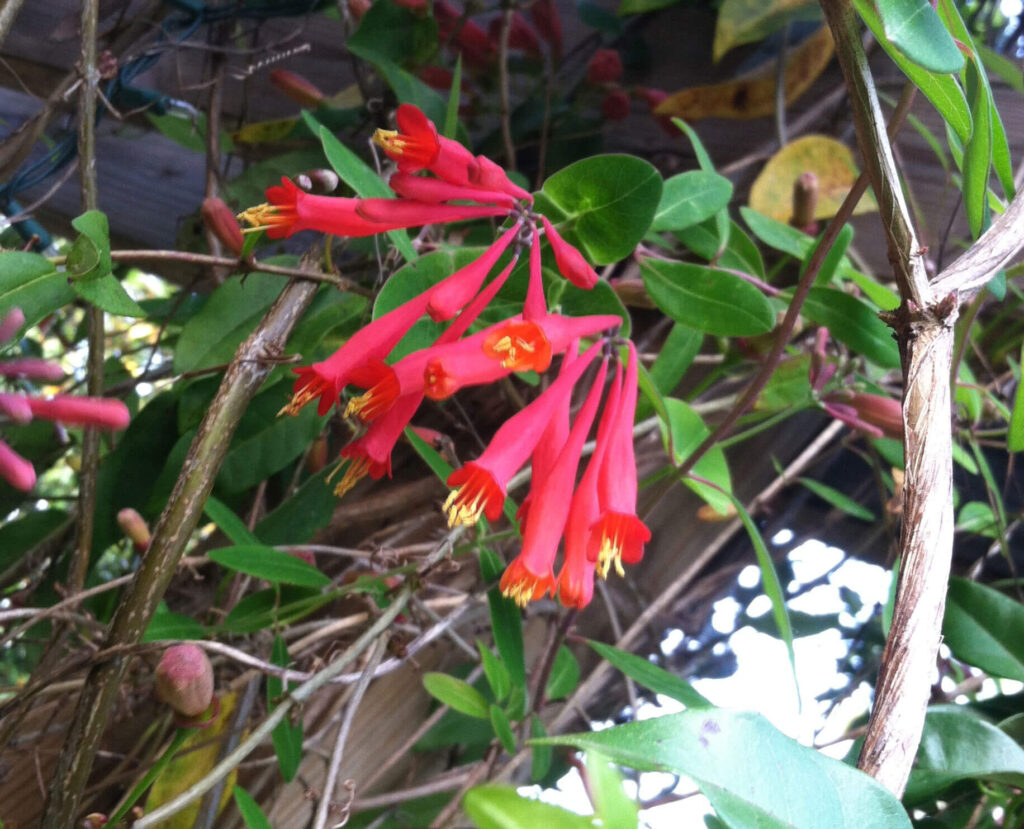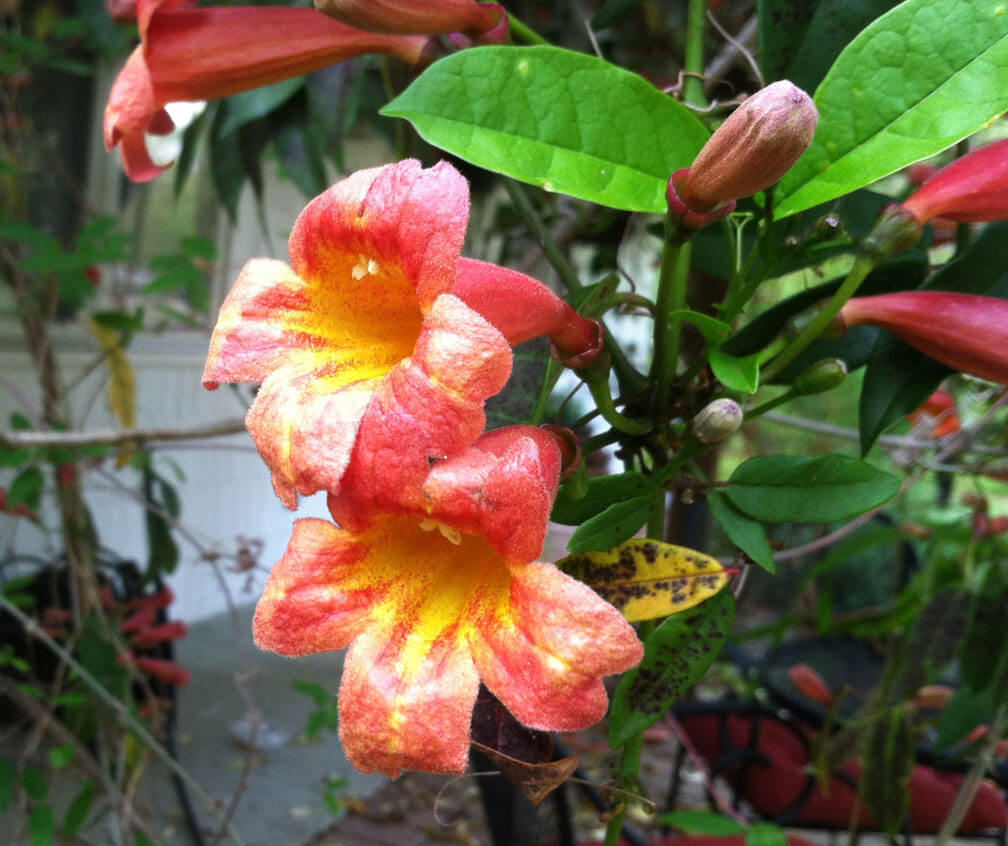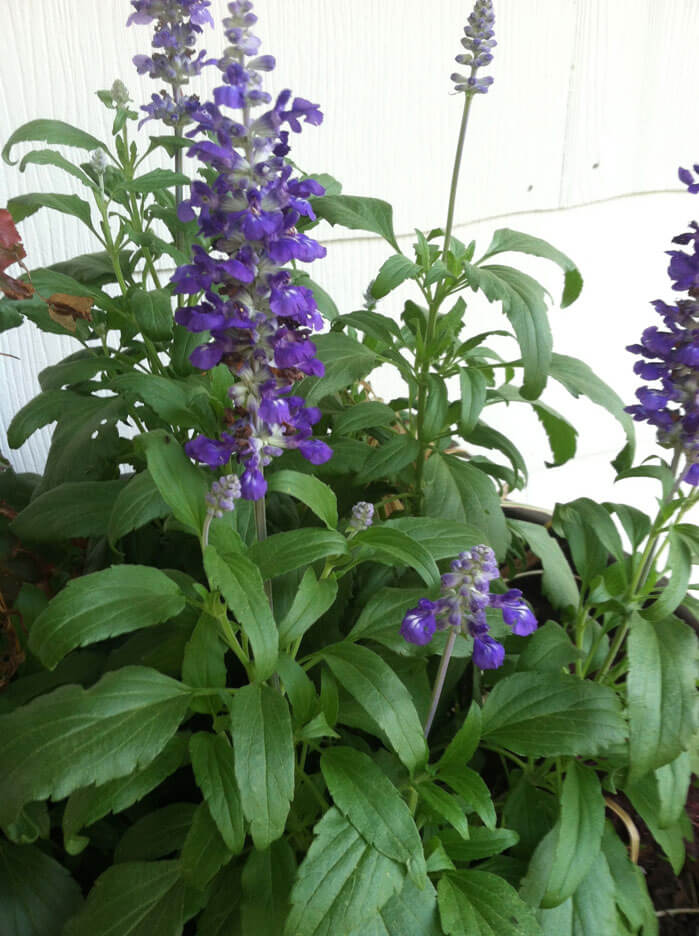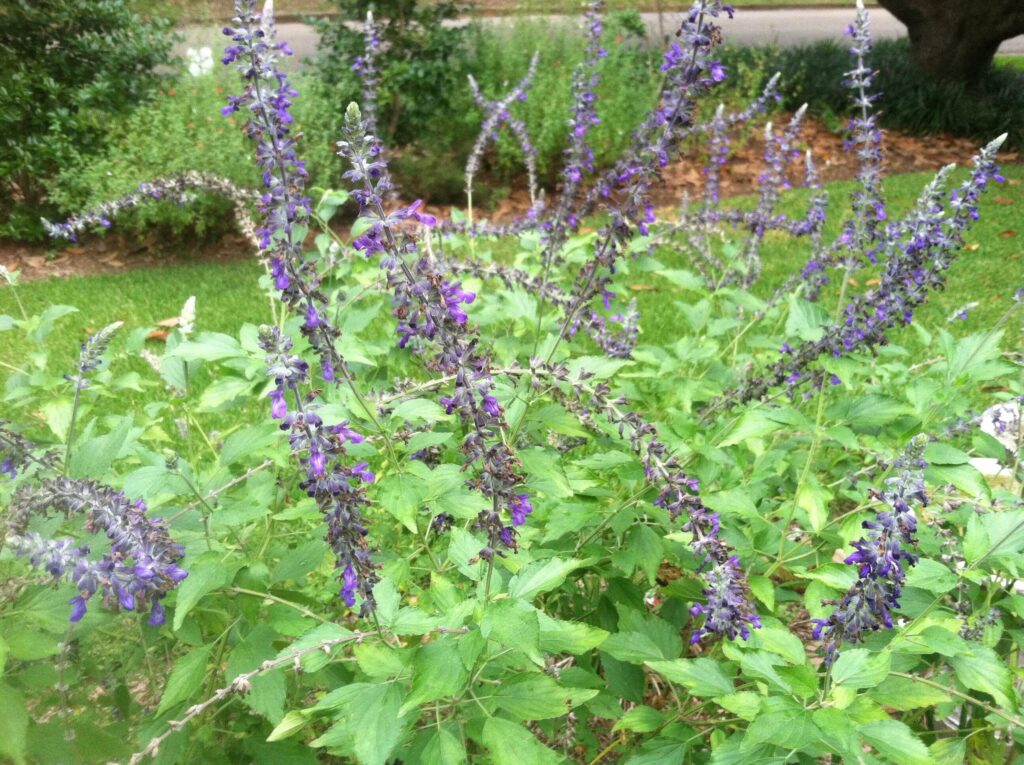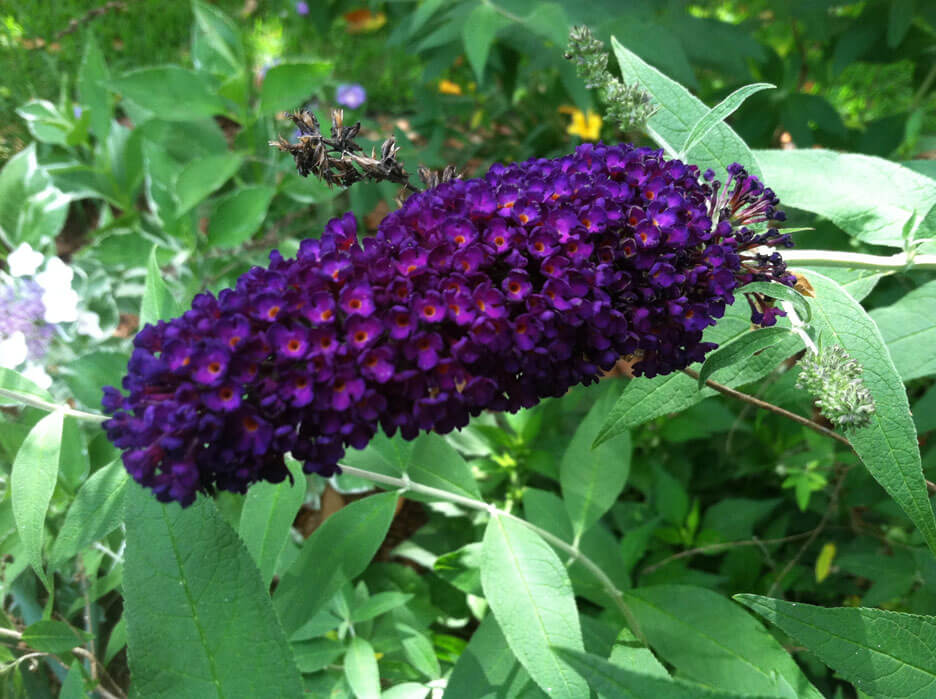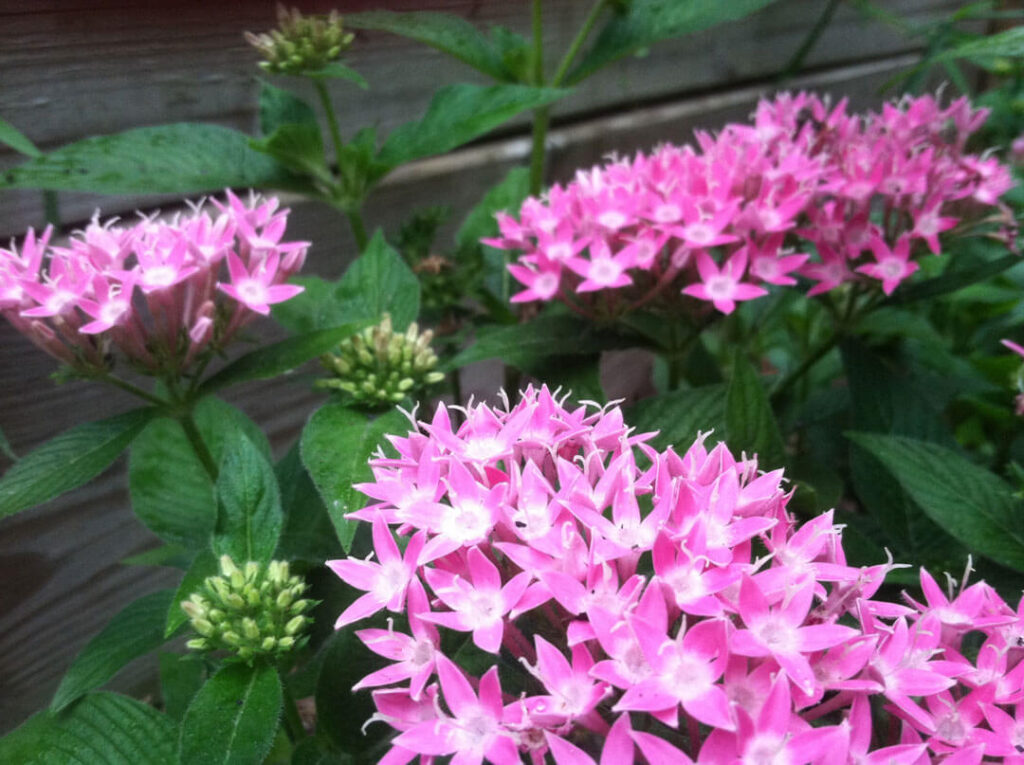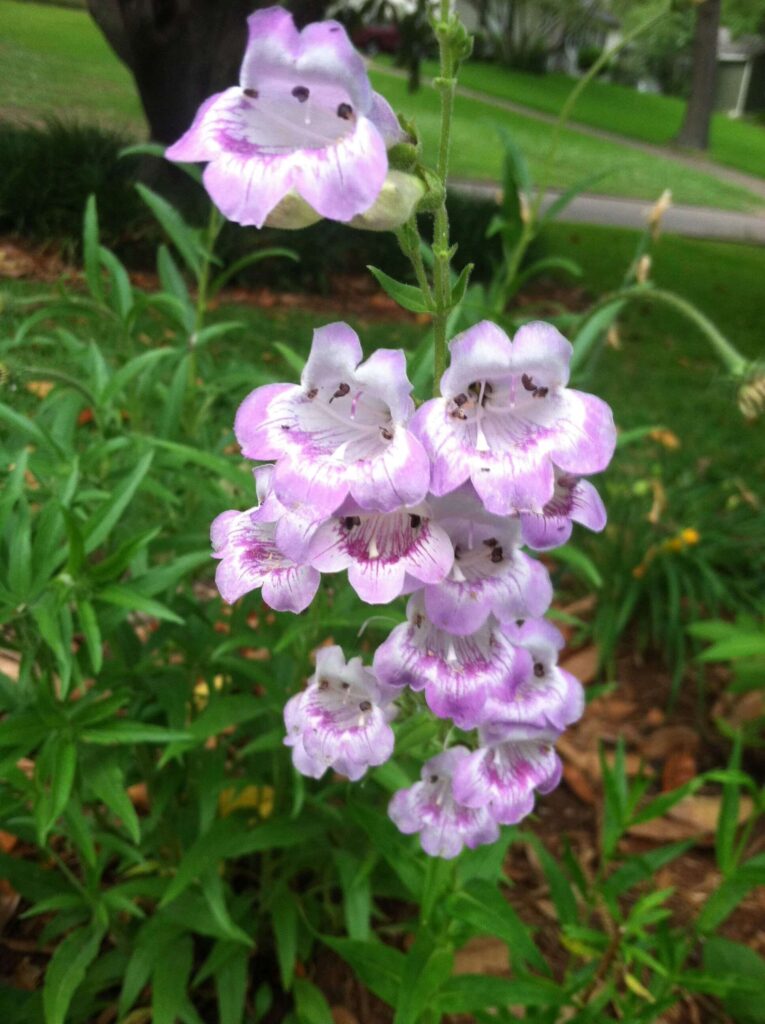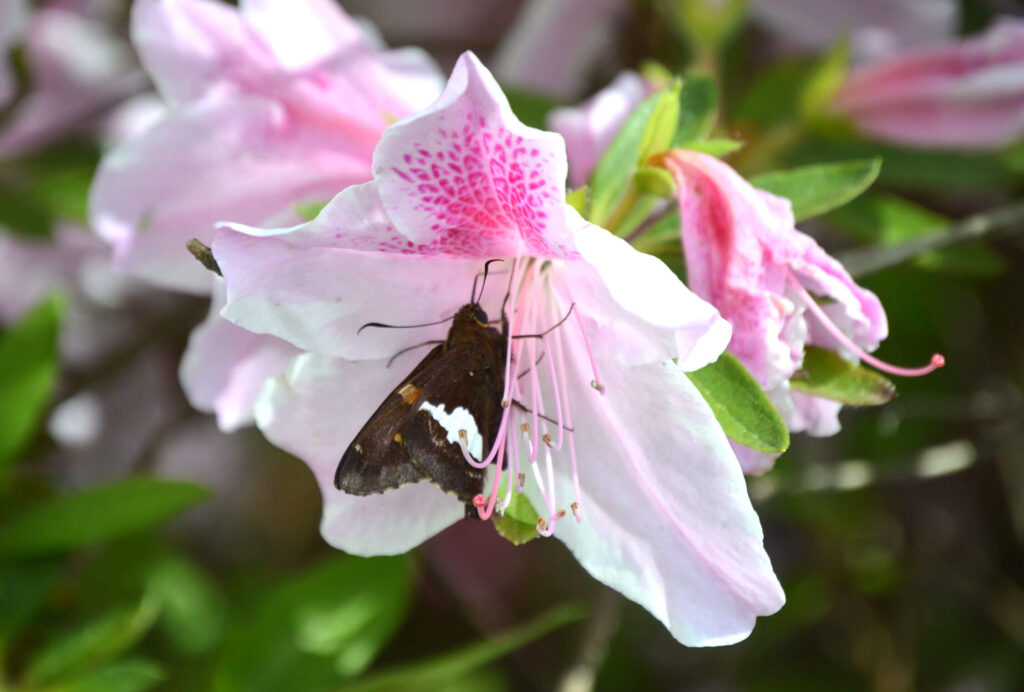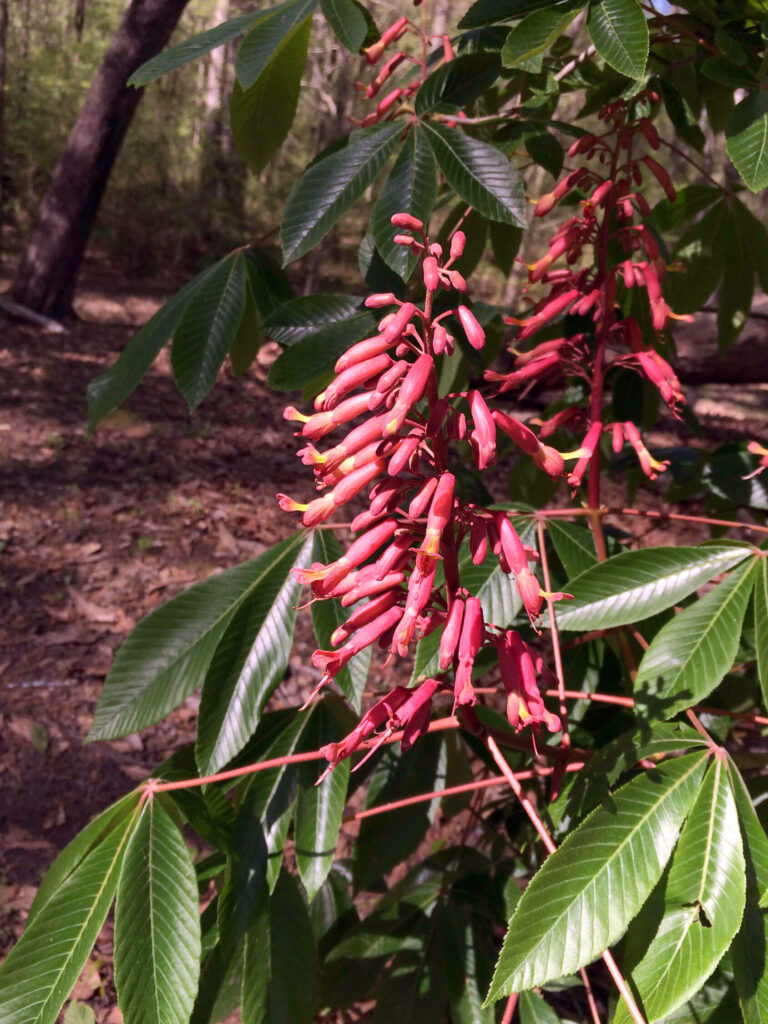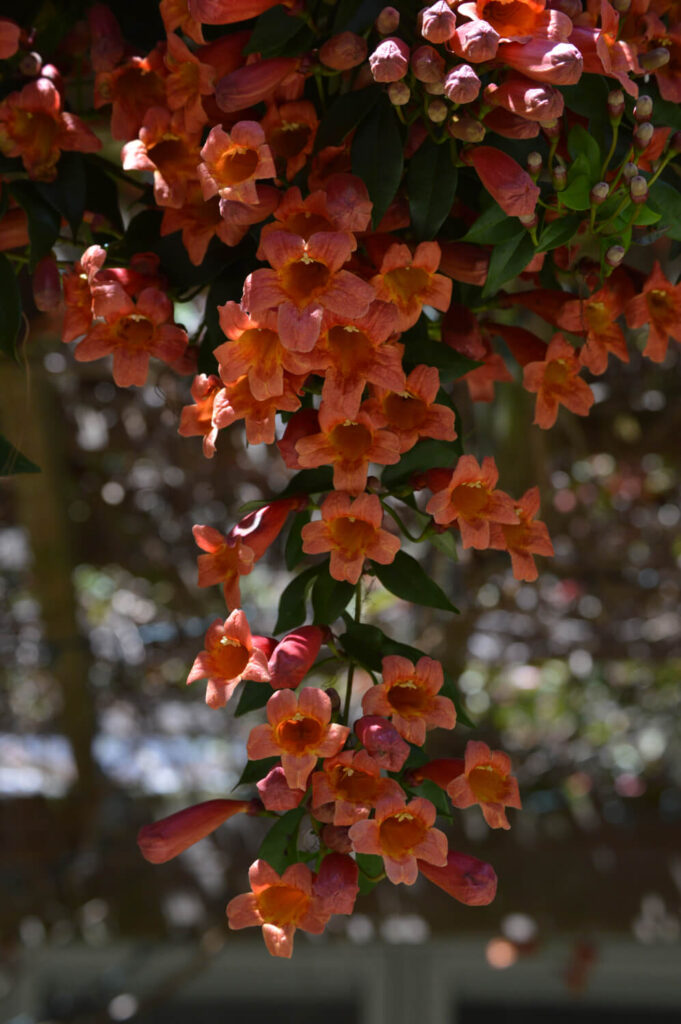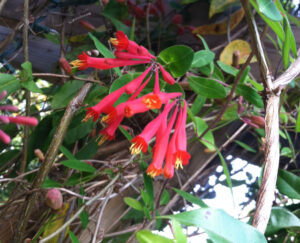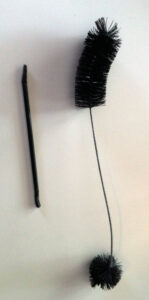 Ruby-throated hummingbirds are so much fun to watch. Their mid-air acrobatics and daredevil combat flying can be very entertaining. We have planted the front yard to include many flowering plants that hummingbirds and butterflies can feed from. We also put up several feeders in the yard and have a bird bath as a water source.
Ruby-throated hummingbirds are so much fun to watch. Their mid-air acrobatics and daredevil combat flying can be very entertaining. We have planted the front yard to include many flowering plants that hummingbirds and butterflies can feed from. We also put up several feeders in the yard and have a bird bath as a water source.
Hummingbirds spend many months in the Southeast. In Mississippi, we can expect them in early to mid-March and some may stick around as late as December. Want to know when they are showing up in the neighborhood? Check out this neat hummingbird sitings map.
Hummingbird Attracting Plants
We try to use natives as much as possible in our yard, but we do have a fair mix of non-natives as well. I’ll mark those below that are native to the Southeast. Natives are generally easier to grow. Below are some of my favorite hummingbird and butterfly plants, many of which we have in our yard. For a full list of plants for zones 4-11 visit http://msucares.com/pubs/publications/p2402.pdf.
Flowering Plants – Perennials
- cardinal flower (native)
- black-eyed susan
- salvia
- four o’clocks
- penstemon
- butterfly weed (native)
- hyssop
- aster (native)
- purple coneflower
- tall verbena (neat plant but I’ve had trouble with powdery mildew on these)
- bee balm (native)
- pineapple sage (native)
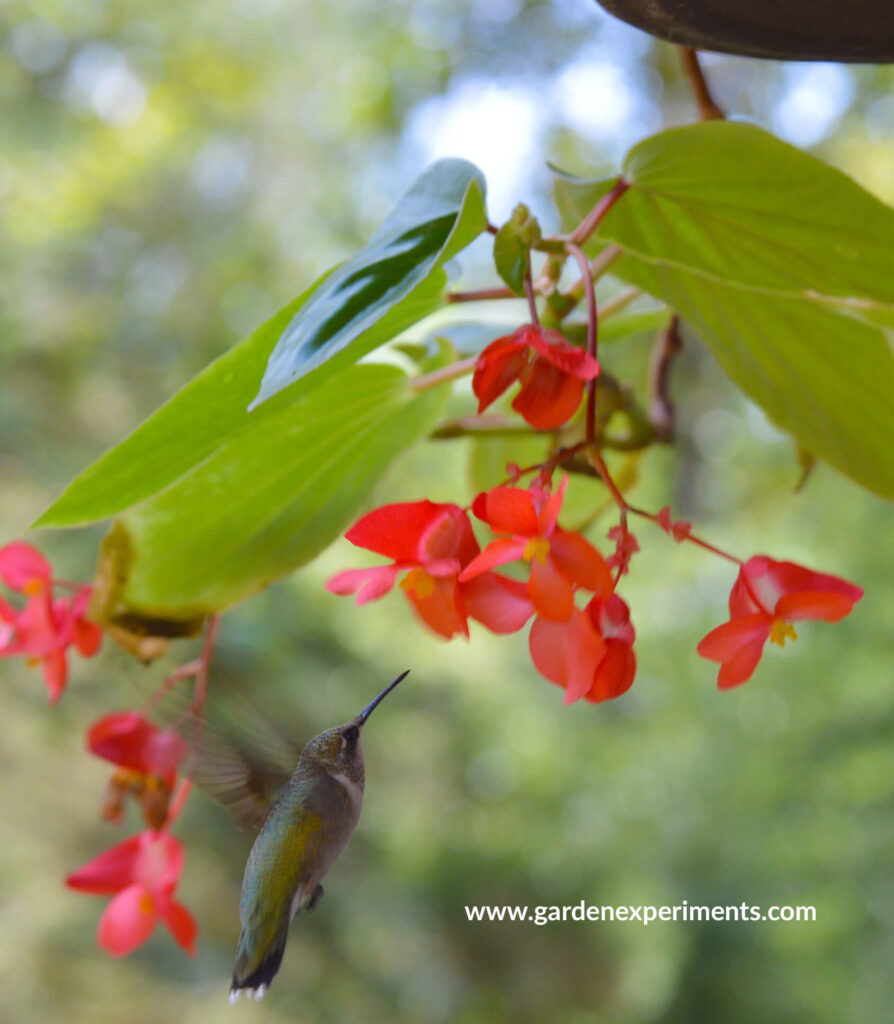
Flowering Plants – Annuals
- fuschia (these are great for shadier spots)
- geranium
- nasturtium
- zinnia (so easy to grow!)
- pentas
- petunias
- begonia
Vines
- coral honeysuckle (native)
- crossvine (native)
- trumpet creeper (native)
- passionflower (native; host plant for caterpillars)
Trees and Woody Shrubs
- lantana (come in different sizes, some of our have grown up to 6 feet tall!)
- Turk’s cap (native)
- azaleas (there is a native deciduous azalea, that has a honeysuckle-type flower)
- salvia
- red buckeye (native)
- butterfly bush (there are now bicolor ones! Be cautious, in some states this can get overgrown)
The arbor in our yard is covered in crossvine and native honeysuckle. Not only is it gorgeous when it blooms but it attracts a whole bunch of butterflies and hummingbirds. It’s one of my favorite things about the front yard.
Salvia is one of my favorites because it comes in so many different colors and varieties. We have blue anise sage, Mexican salvia, purple salvia, pineapple sage, and red/white salvia (Hot Lips Salvia) that is a shrub. I have seen a hummingbird feeding on hot lips salvia in late December!
As for annuals, zinnias are by far my favorite. They are so easy to grow, produce so many different colors and sizes of flowers, and they make great cut flowers for in the house.
Hummingbirds Eat Insects Too
This was a bit of a surprise to me. I didn’t know that hummingbirds ate insects too. Apparently small spiders, aphids, and flying insects are all on the menu. This is just another reason not to spray pesticides in your yard. (Source: http://msucares.com/pubs/publications/p2402.pdf)
Hummingbird Feeders
You can also supplement the plants in your yard with hummingbird feeders. They are an easy way to attract hummingbirds to your backyard. Read my review of four hummingbird feeders to pick the one that will work best for you.
Hummingbird Food Recipe
Mix one cup of white sugar to four cups of water (not brown sugar or honey!). Place it in a saucepan and bring to a boil. Remove from heat and allow it to completely cool before filling your feeders. Fill the feeder up for a couple of days use. Put the remaining amount in the refrigerator for up to a week. Be sure to let it warm up to room temperature before putting it our for your hummingbirds. No red food coloring is necessary!
Cleaning Your Hummingbird Feeders
Keeping your feeders clean and free of mold will help keep your hummingbirds healthy and prevent disease from spreading. If your feeder is in a bright, sunny spot, you’ll need to clean it more frequently (but you’re more likely to get birds too). For a cleaning solution, Audubon recommends one part white vinegar to four parts water about once a week. Cleaning out the reservoir with a bottle brush will remove any mold in the reservoir. Use pipe cleaners or a small specialized brush (available at most birding stores) to clean out the holes from which the birds feed. Scrub away any mold or crystallized sugar. Rinse really well and let dry before putting fresh feed back into it.
Keeping Ants Out of Your Hummingbird Feeders
Ants, wasps, and bees love nectar too, so you may find them feeding with your hummingbirds. Ants often climb into the feeder and die, causing mold and fungus in the feeder. Keeping ants out of the feeder is the best way to avoid this. We bought some really cool water reservoirs or moats that keep ants from reaching the feeder. The moat is hung between the feeder and the hook it hangs on. Ants can not cross the water and thus never reach the feeder. Just make sure you keep water in it. I am pretty sure that you can build one yourself. The birds may also drink out of this, so keep an eye on water levels.
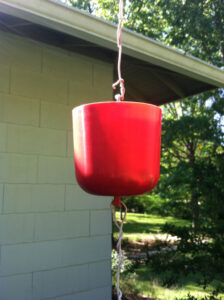
Hummingbird FAQ’s
For detailed answers to questions about hummingbirds (when to take feeders down, predators, life span, wingbeats, etc.), visit http://www.hummingbirds.net/about.html
Photos of Hummingbird-Attracting Flowers From My Yard
